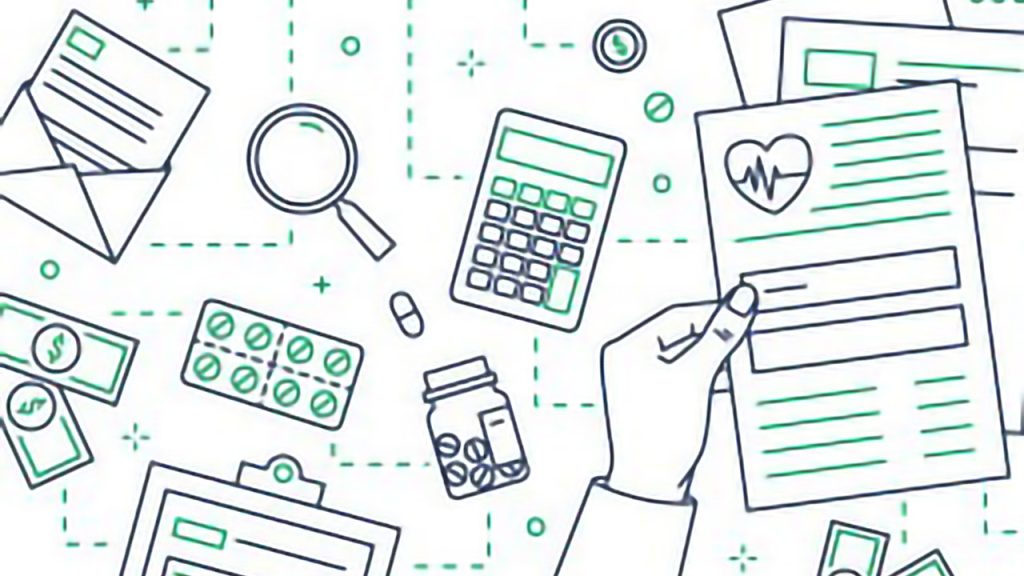As households become eligible for Medicaid, they also tend to increase their usage of credit cards. In a paper titled “The Impact of Social Insurance on Household Debt,” two professors from the Wharton School of Finance found that a one percentage point increase in the Medicaid-eligible population in a zip code correlates with a 0.46% increase in credit card borrowing. The same reasoning likely extends to other social insurance programs.
The logic is clear: households accepted into Medicaid eligibility experience a boost in disposable incomes. As their delinquency rates drop, they also become eligible for lower interest rates, which further increases their access to credit card borrowing. In fact, the paper found that both credit card limits and the success rate of credit card applications rise when Medicaid eligibility expands.
It also examined the effects of Medicaid expansion on increased demand for credit among households. Even though they found that consumers recognize the benefits of reducing credit card debt, these responses are overshadowed by the surge in credit supply.
New Highs for Credit Card Debt
The findings from Wharton dovetail with the notion that Americans have been increasing their credit card debt in recent years. Credit card debt stands at a record high of more than $1 trillion. Nearly two-thirds of U.S. consumers are in credit card debt, with an average balance of nearly $6,000, per 2023 data from Clever Real Estate.
According to the Wharton paper, the increased credit supply is the main force behind the overall increase in household debt. Specifically, the expansions of Medicaid under the Affordable Care Act resulted in a 4.1% overall increase in credit card debt.
Expanding Access to Credit
The Wharton study found what it described as a U-shaped relationship between unpaid or revolving credit card balances and income. Less than 25% of households with annual incomes below $25,000 have any credit card debt, but this share rises to 50% for households with an annual income of $100,000, and then declines as household income rises.
But does the provision of other government benefits also lead to an increase in credit card usage? Although the study focused on the effects of health insurance, it can be adapted to study the impact of other types of social insurance, such as unemployment insurance, minimum wages, and disability insurance. Earlier research on growth in unemployment insurance also found evidence that it leads to expanded credit access.
